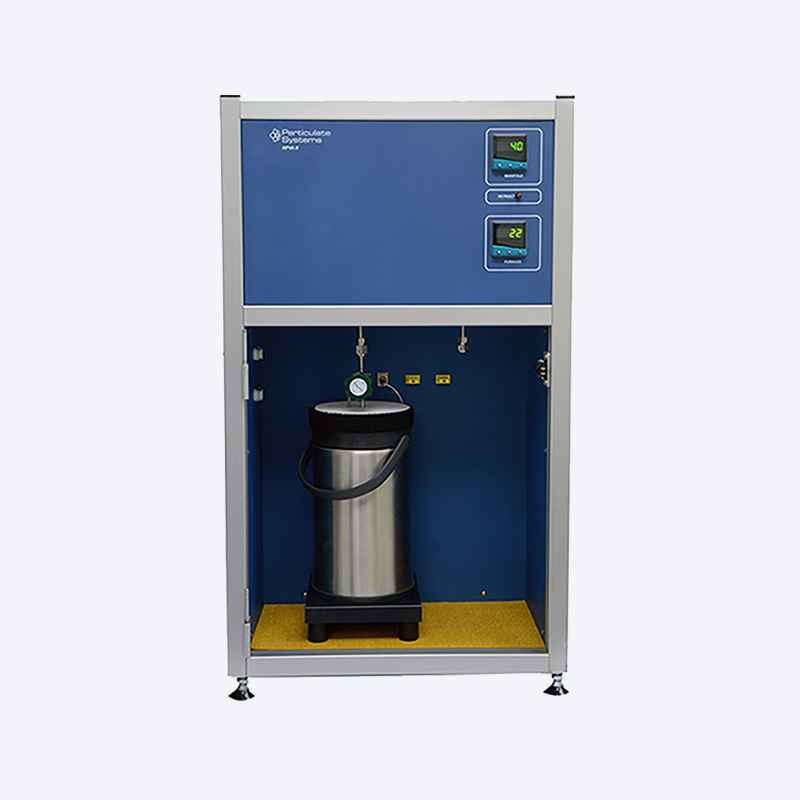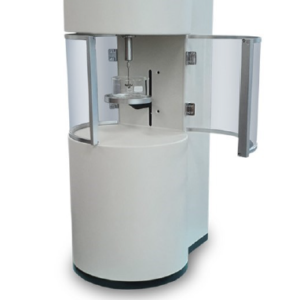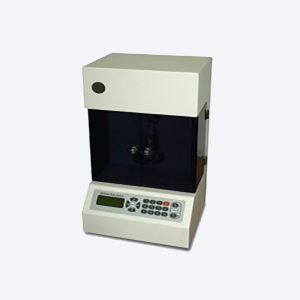Description
This process is repeated at given pressure intervals until the maximum preselected pressure is reached. Then the pressure can be decreased to provide a desorption isotherm. Each of the resulting equilibrium points [volume adsorbed and equilibrium pressure] is plotted to provide an isotherm.
Excellent reproducibility and accuracy are obtained by using separate transducers for monitoring low and high pressures.
HPVA II Benefits
- Dual free-space measurement for accurate isotherm data
- Free space can be measured or entered
- Correction for non-ideality of analysis gas using NIST REFPROP compressibility factors calculated from multiple equations of state
- Reports provided as interactive spreadsheets
- Isotherm and weight percentage plots created automatically
- Tables of raw data used for report calculations
- Real-time charts for Pressure vs. Time and Temperature vs. Time
- Gas mixtures with up to three components can be used
- Kinetic data provided for rate of adsorpotion calculations
- Langmuir equation used to model Type I isotherms
- High-precision, solid-state design high-pressure transducer provides a reading accuracy of ±0.04% full scale with a stablility of ±0.1%
- Low-pressure pressure transducer provides a reading accuracy of ±0.15% of value
- System can attain a maximum pressure of 200 bar
- Hydrogen gas sensor automatically shuts down the system should a hydrogen leak occur
- BET surface area, Langmuir surface area, and total pore volume calculations included
Specification
Physical
- Height 88.9 cm (35 in.)
- Width 50.8 cm (20 in.)
- Depth 50.8 cm (20 in.)
- Weight 27.2 kg (60 lbs.)
Electrical
- Voltage 100 – 240 VAC.
- Frequency 50 – 60 Hz.
Temperature
- 10 to 45 °C (50 to 113 °F.)
- 10 to 55 °C (14 to 131 °F.)






